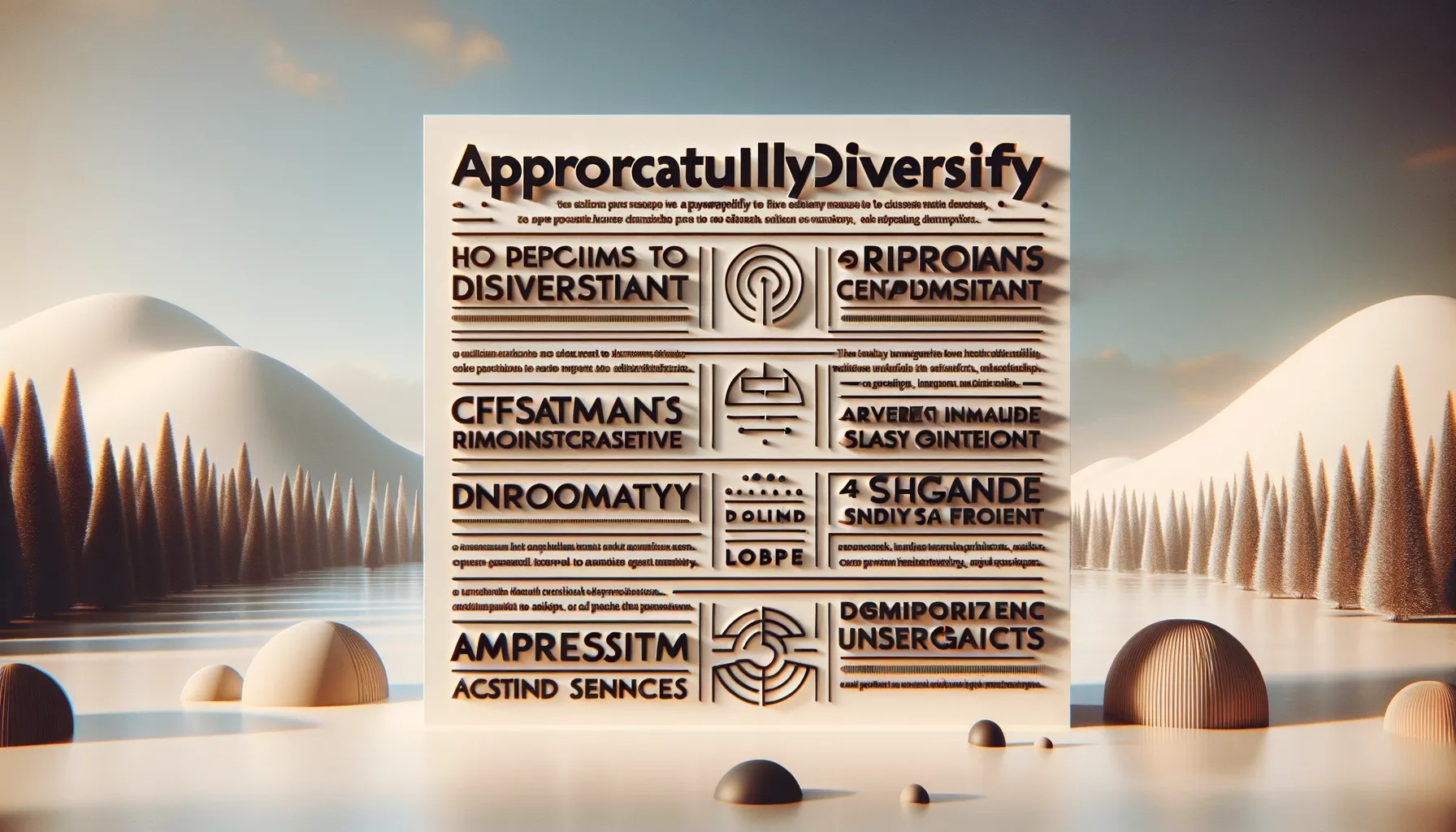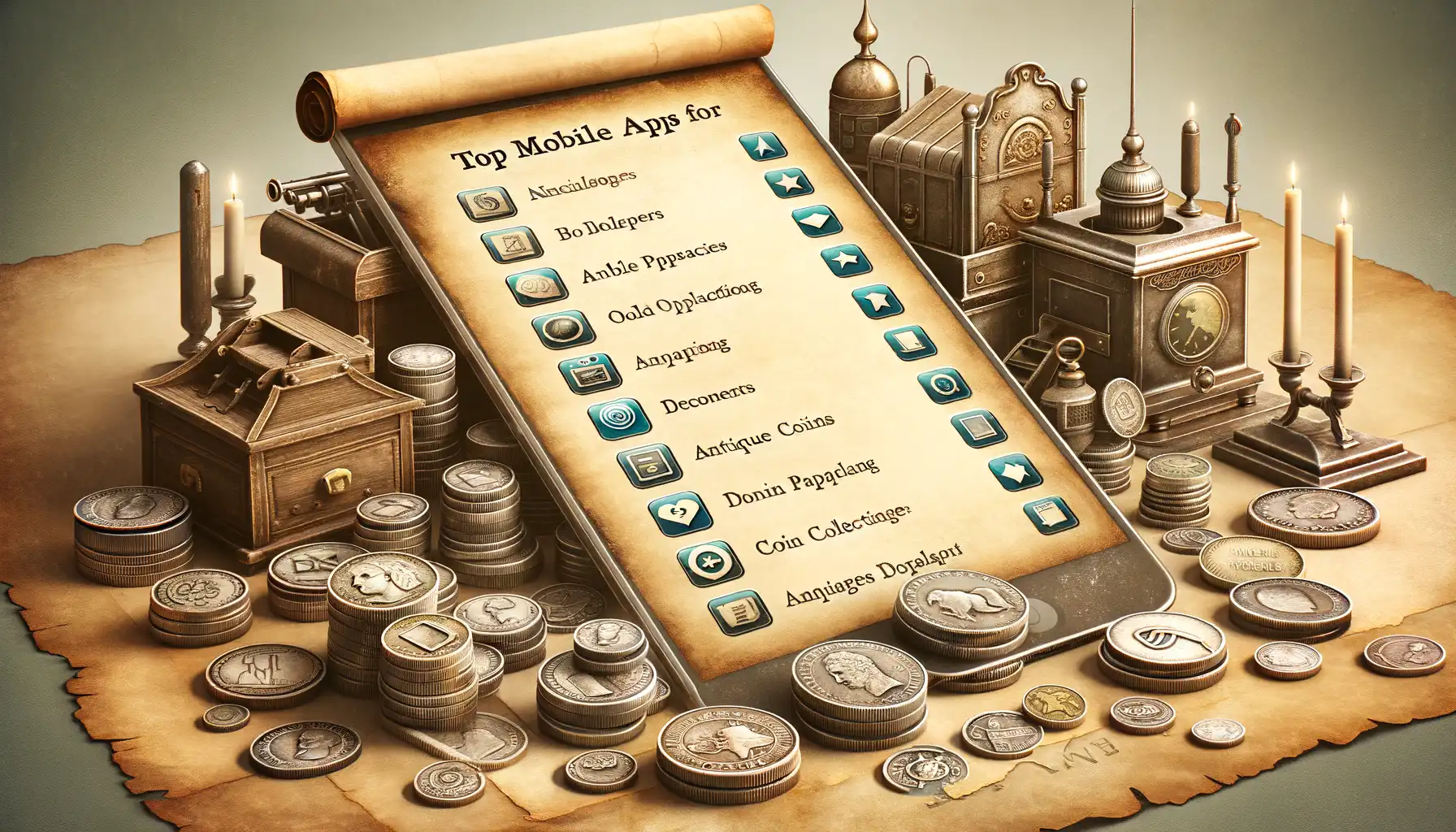Understanding the Basics of Cryptocurrency Investment
What Makes Cryptocurrency So Intriguing?
Cryptocurrency—it’s like stepping into a financial frontier, where traditional rules don’t apply, and innovation is the new currency. But before you dive headfirst into this digital gold rush, it’s essential to grasp the basics. Think of it like learning the controls before flying a plane—exciting, but critical to avoid turbulence.
At its core, cryptocurrency is more than digital money; it’s a revolution in how we exchange value. Built on blockchain technology, each transaction is secure, transparent, and irreversible. Imagine a digital ledger that’s open to everyone yet tamper-proof, like a shared journal no one can rewrite.
When investing, you’ll encounter thousands of coins, from the household names like Bitcoin (BTC) and Ethereum (ETH), to niche projects promising to disrupt industries. The key is to understand their real-world utility. Ask yourself: Does this coin solve an actual problem, or is it just hype?
- Bitcoin: Digital gold, used for storing value.
- Ethereum: A foundation for decentralized apps.
- Stablecoins: Pegged to fiat currencies, offering lower risk.
Understanding these fundamentals isn’t just about knowledge—it’s your armor in a market as wild as a rollercoaster ride. Ready? Let’s gear up!
The Importance of Diversification in Crypto Portfolios

Why Spreading Your Bets Across Coins Matters
Imagine putting all your money on one horse in a high-stakes race. Sure, if that horse wins, you’re cheering. But what happens if it stumbles? That’s exactly the risk you take when you invest in just one or two cryptocurrencies. Diversification isn’t just some buzzword—it’s your safety net.
Crypto markets are notoriously unpredictable. One moment Bitcoin is skyrocketing, and the next, altcoins like Ethereum or Solana are stealing the spotlight. By spreading your funds across various digital assets, you cushion yourself against extreme highs and gut-wrenching lows. Think of it as not just having one lifeboat, but an entire fleet, ready for any storm.
- Large-cap coins like Bitcoin offer stability (think: cruise ship).
- Mid-cap coins, such as Chainlink, bring growth potential.
- Small-cap coins may be risky, but they’re where hidden treasures lie.
Rather than riding the rollercoaster of just one coin, you get to enjoy the whole amusement park. And let’s face it—who doesn’t want the extra thrill without all the risk of a single drop?
Steps to Build a Diversified Cryptocurrency Portfolio

Start with a Strong Foundation
Building a diversified cryptocurrency portfolio is like constructing your dream home—you need a solid foundation before adding the fancy details. First, prioritize established coins, often referred to as “blue-chip” cryptocurrencies. Think of Bitcoin and Ethereum; they’re the sturdy bricks and mortar of this digital house. Start by allocating a significant portion of your portfolio to these well-known coins, as they tend to be less volatile than smaller, newer projects.
From there, sprinkle curiosity into your research. Dive into project whitepapers, examine use cases, and understand the problems these tokens aim to solve. Avoid falling for the hype alone; you wouldn’t buy an expensive car without first popping open the hood, right?
Mix It Up: Diversify Across Categories
Once you’ve laid the groundwork, it’s time to explore different crypto categories. Picture your portfolio as a garden that thrives with variety. Don’t just stick to one type of plant—add a mix! Consider including:
- DeFi Tokens (like Aave or Uniswap) for a taste of decentralized finance innovation.
- Layer 2 Solutions (Polygon, Optimism) designed to make blockchains faster and cheaper.
- Gaming or Metaverse Coins (The Sandbox, Axie Infinity) for exposure to emerging crypto-driven entertainment sectors.
A thoughtful blend can help balance potential risks with rewards. Always remember, though: choose projects that resonate with your goals and gut feelings.
Common Mistakes to Avoid When Diversifying

Overloading on One Sector or Trend
Picture this: it’s 2017, and everyone is raving about ICOs. You jump in, stack tokens tied to projects promising the moon, and bam—most fizzle out. That’s the danger of chasing one shiny trend. It’s easy to get caught in the moment, but relying too heavily on a single sector, like DeFi or NFTs, can leave you dangerously exposed. Trends are fleeting, but a well-rounded portfolio is built to weather storms.
To avoid this mistake:
- Diversify across sectors (think gaming, infrastructure, stablecoins).
- Balance between established coins like Bitcoin and experimental tokens.
Treat your portfolio like a buffet—don’t pile your plate with just dessert.
Equating Diversification with Quantity
More isn’t always better. Owning 50 different coins without understanding half of them is like trying to juggle flaming torches while blindfolded—it’s messy and unnecessary risk. Diversification isn’t about quantity; it’s about quality.
Instead of hoarding every token under the sun, research deeply. Maybe focus on 8–12 projects you truly believe in. Ask yourself: do these assets complement one another? If your portfolio looks like a random crypto grab bag, it’s time to rethink.
Tips for Managing and Rebalancing Your Portfolio Over Time

Keep Your Portfolio Agile
Managing your crypto portfolio is like steering a ship through wild seas—your compass (strategy) must adjust to each wave and gust of wind. The cryptocurrency market is notorious for its volatility; coins can skyrocket or nosedive overnight. Staying agile means revisiting your investments regularly to ensure they align with both your goals and the market’s pulse.
Ask yourself: Is this coin still performing as I expected? Has a new project emerged that aligns better with my risk tolerance or interests? Rebalancing isn’t just about adding more—it’s also about letting go of assets that no longer fit your vision. Yes, holding onto a stagnant token “just in case” can be tempting, but it’s often better to cut ties and move forward.
Practical Rebalancing Tips
To keep your portfolio healthy, make these steps a habit:
- Set a schedule—quarterly checks are a sweet spot for most investors.
- Use tools: Apps like CoinTracker or Delta can help you visualize your diversification at a glance.
- Follow news closely—innovative projects can create opportunities to refine your strategy.
- Place limits: Decide how much of your portfolio should be in higher-risk investments like altcoins versus safer options like Bitcoin or Ethereum.
Remember, your portfolio is alive—a dynamic reflection of your financial dreams. Keep nurturing it!







